The how's and what's involved
Playground awareness has increased dramatically in the last 20 years. A focus on the value of play, safety and the Americans with Disabilities Act led to the creation of written guidelines for playgrounds and playground equipment. This valuable documentation has elevated the design and manufacturing of playgrounds and play equipment to a higher standard. The playground industry has recognized the need for providing the safest possible environment in an effort to limit life-threatening or disabling accidents. Designers, manufacturers, and owners are required to do much more research and planning on developing the playground project. After a playground has been designed and purchased, someone must construct and install the playground and equipment. This person or group of persons will usually be the last to work on the playground process before children take to use. If the implementation and final link in this run afoul, the best intentions of the processes before construction are invalid. Proper construction protocol and installation techniques must be followed.
The development of the composite play structure coincided with the public demand for playground safety. New playground safety guidelines and standards, along with the specialized nature of assembling prefabricated component play structures, have established play structure construction and installation are critical. The installer is the final link in this process. Every playground builder has the responsibility to build the playground according to manufacturer’s specifications, industry safety guidelines, and standards.
Selecting the right installation crew for your project requires some forethought to ensure a successful installation and completion. Prior planning on both the part of the owner and builder is essential. Equipment installers are often independent contractors. They can be government entity employees or even a group of volunteers. Whatever group you have installed your play structure, there are laws and protocol to follow.
Contact your state contractors department to determine if your state requires registration or a license to build playgrounds. The person or entity that installs your equipment should be licensed if required by the state. About half of the states currently require those who build playgrounds to either be registered or licensed according to state standards. The states that have created regulations have done so for several reasons.
Perhaps at the top of the list is consumer protection. Requiring a set of standards or regulations helps a state to protect the health, safety, and welfare of its populace. Licensing is a way to confirm the expertise of contractors and to provide consumers with verification of qualifications. Consumers are able to access listings of contractors that meet state standards. In most cases, consumers are also provided a formal avenue for filing a grievance with a state licensed contractor through the state.
Next and equally important is making sure your selected builder has insurance. Reputable companies should, upon request, be able to provide playground owners with a certificate of insurance that exhibits liability insurance showing playground equipment installation as their primary form of business. The same certificate should display workers compensation coverage at the state’s minimum requirements and vehicle insurance, also at the state’s minimum requirements. Contractors that have policies exceeding minimum requirements often do so to meet an even higher standard of care set by equipment manufacturers that certify installers to build their equipment.
Verification that your playground installer is a Certified Playground Safety Inspector (CPSI) is another highly recommended criterion for choosing a reputable company. This standard has become so widely accepted that bidding procedures on bigger projects for cities and school districts will have certification with the National Playground Safety Institute, NPSI, written into the bid specification. The NPSI course and examination is the most comprehensive training program on playground hazard identification and risk management methods offered. It assures the owner that the builder is familiar with CPSC guidelines and ASTM standards relating to playgrounds and playground safety.
Installation of play structures is complicated with detailed drawings that show the way the playground equipment must be installed. Your installer should have experience reading drawings, specifications and blueprints. You may also wish to check the references of the group that will construct your playground.


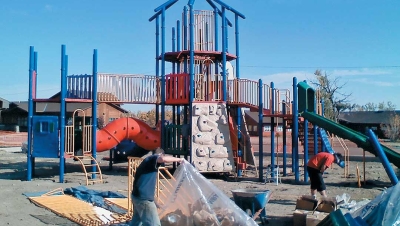
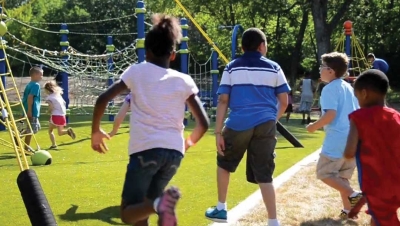
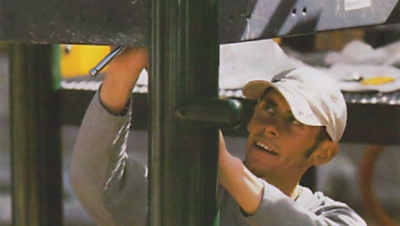
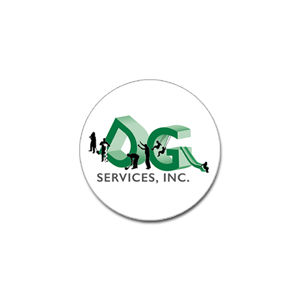
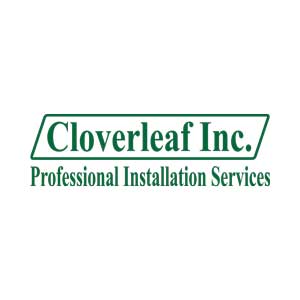
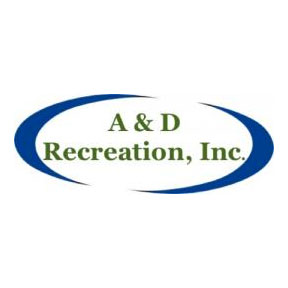

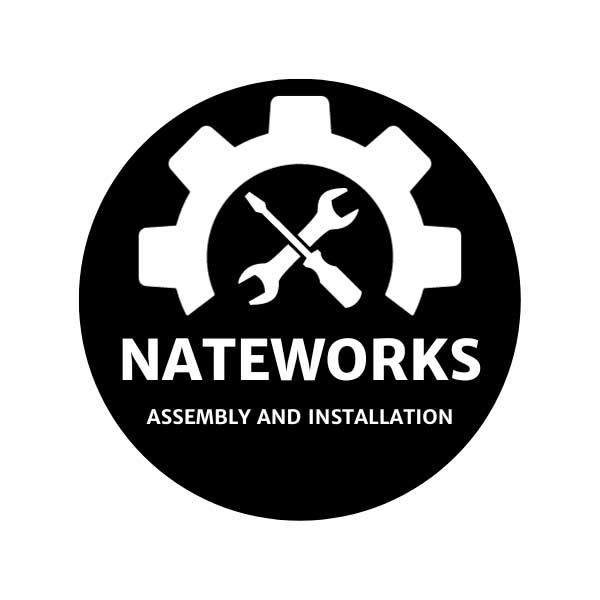
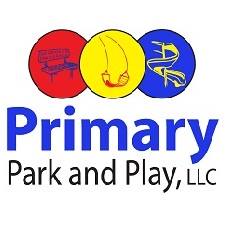

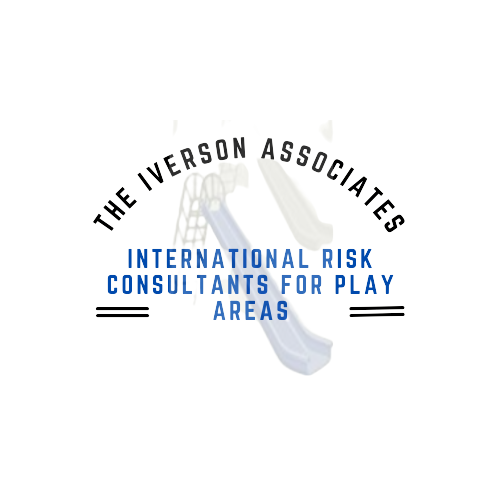

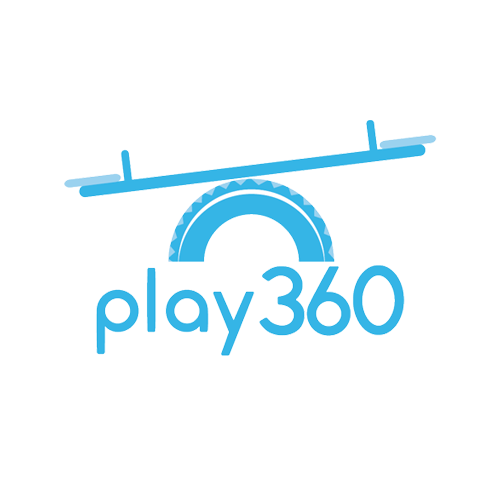
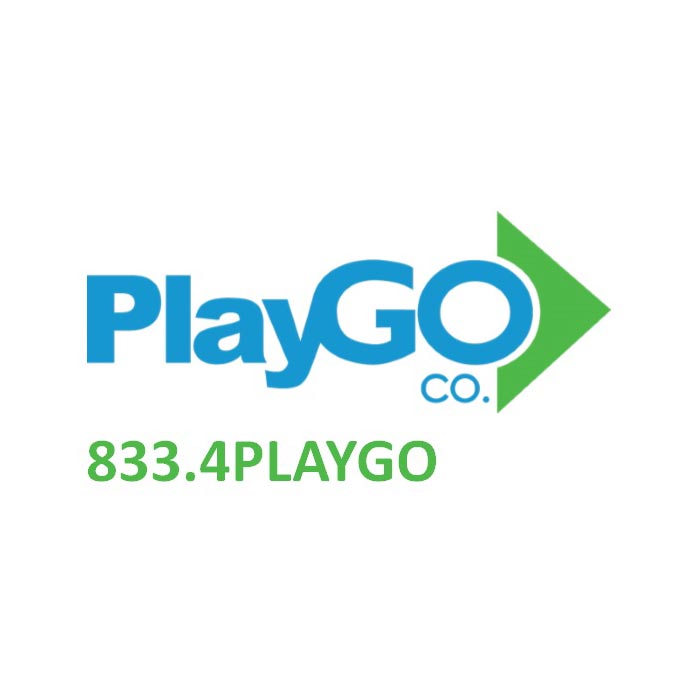
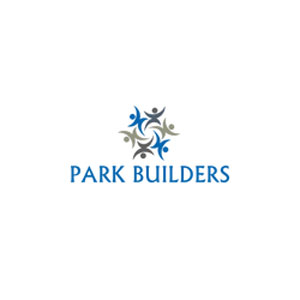

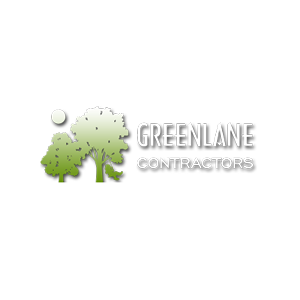
Add new comment